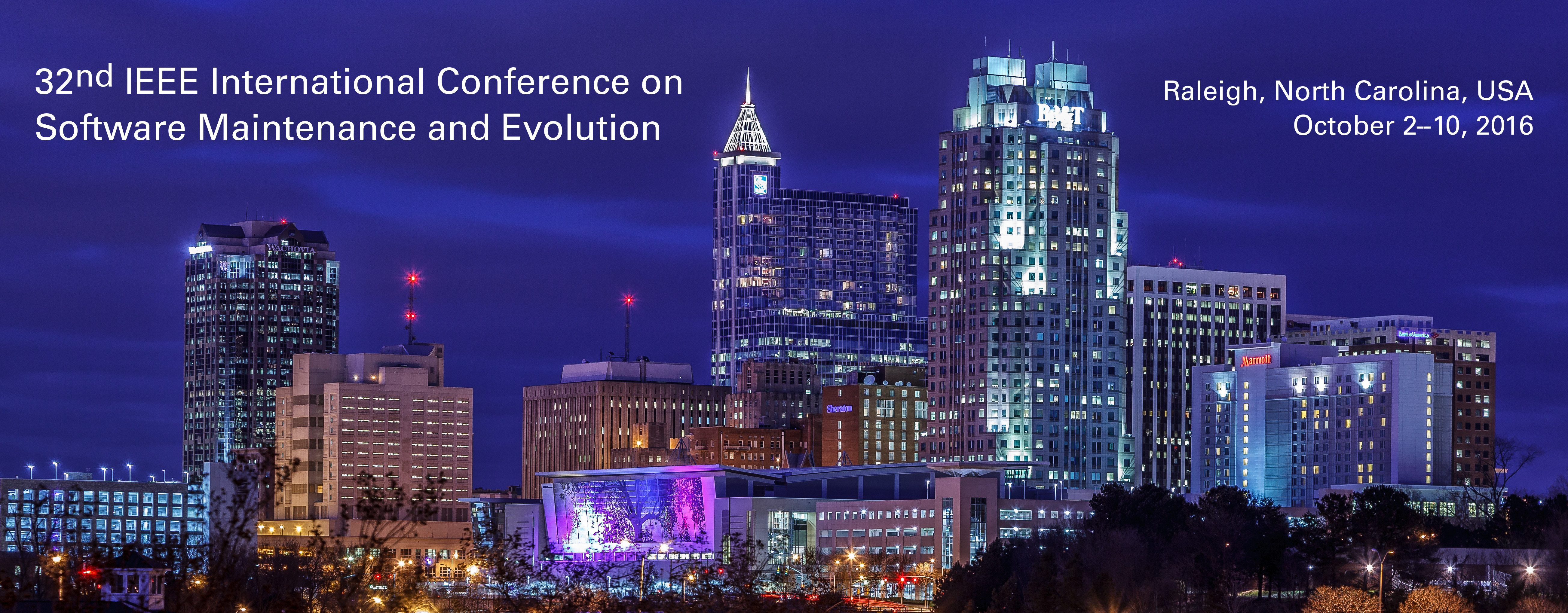
Artifacts Tutorial for ICSME 2016
For an example of how one paper can contain multiple research artifacts, consider the chapter "Analytical Product Release Planning" (by Nayebi and Ruhe, forthcoming in "The Art and Science of Analyzing Software Data"). That paper contains notes on at least four artifacts, listed below. While a reader of that paper may never precisely repeat the analysis of that paper, they might reuse one, some, or all of the following in the other applications:
- Analogical reasoning
- DBScan (which is a kind of density-based clustering algorithm)
- Attribute weighting (the reprocessing of data to filter out erroneous values or to fill in missing values)
- Methodological tools for assessing a learned model (leave-n-out experiments; PRED; MMRE)
Other specific examples of "artifacts" include:
- Checklists for assessing a case study design, as well as associated processing scripts (written in "R"), as offered by Ernst et al. in their FSE 2015 paper [Link]
- The tutorial on qualitative sparklines by Robillard (with Ying) [Link]
- Source code for the Cliff's Delta effect size test [Link]
- The 33 "CK" datasets (comprising defect logs and static code measures from open source Java projects) offered by Jureczko [Link]
- Anti-patterns (i.e., tips and traps for researchers) such as this excellent discussion of anti-patterns in data analytics [Link]
Please review the longer (but non-exhaustive) list of known research artifact types. Note that the list of useful artifacts includes all of the items emphasized above, as well as:
- Executables: e.g., standalone executable tools
- Non-executables, e.g.:
- Motivational statements that call for significant work in some new direction
- Tutorials that explain complex research results to a general industrial audience
- Data associated with a challenge problem that represents the state of the art in some area
Important Note
For artifacts that are executable tools, please submit to the ICSME 2016 tool demonstrations track. For all other types of artifacts, please submit to the ICSME 2016 artifacts track.